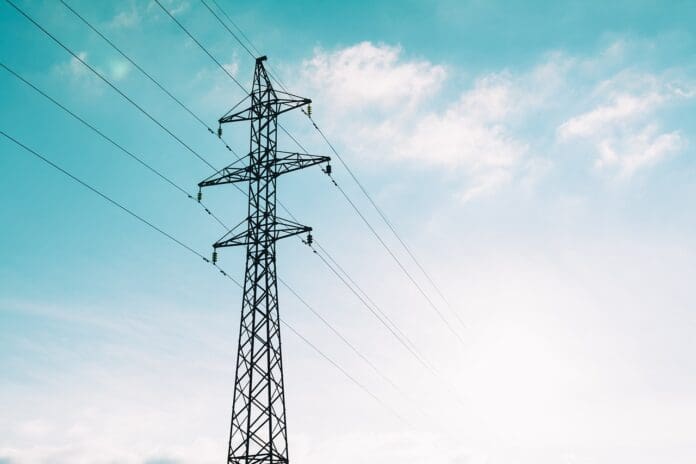This post is also available in:
 עברית (Hebrew)
עברית (Hebrew)
In recent years, society has been relentlessly searching for alternative, renewable energy sources. Now, as using wind and solar power become much more common, managing the complexities of the power grid has emerged as a significant challenge. Researchers at the University of Virginia have developed an innovative artificial intelligence (AI) model aimed at addressing the uncertainties associated with renewable energy generation and electric vehicle demand. This advancement promises to enhance the reliability and efficiency of power grids.
According to TechXplore, at the heart of this innovation is the use of multi-fidelity graph neural networks (GNNs), a sophisticated AI method, in order to improve power flow analysis—the way in which it is ascertained how to safely distribute electricity across the grid. By utilizing this approach, the model can integrate large volumes of lower-quality data while also leveraging smaller sets of highly accurate data. This strategy not only speeds up model training but also enhances the system’s overall reliability and accuracy.
The AI model’s adaptability to various grid configurations against power line failures addresses the “optimal power flow” problem, which decides how much power should be generated from different sources. Traditional grid management methods often struggle to handle real-time variations caused by renewable energy sources and increasing electric vehicle demand.
Key benefits of this new approach include scalability, higher accuracy through low-fidelity simulations, and improved generalizability to changes in grid topology. This AI innovation stands to play a critical role in ensuring the reliability of power grids in an era increasingly influenced by renewable energy sources.
The researchers’ recent papers, “Multi-fidelity Graph Neural Networks for Efficient Power Flow Analysis Under High-Dimensional Demand and Renewable Generation Uncertainty,” and “Hybrid Chance-Constrained Optimal Power Flow under Load and Renewable Generation Uncertainty Using Enhanced Multi-Fidelity Graph Neural Networks“, were published in Electric Power Systems Research and the Journal of Machine Learning for Modeling and Computing.


























